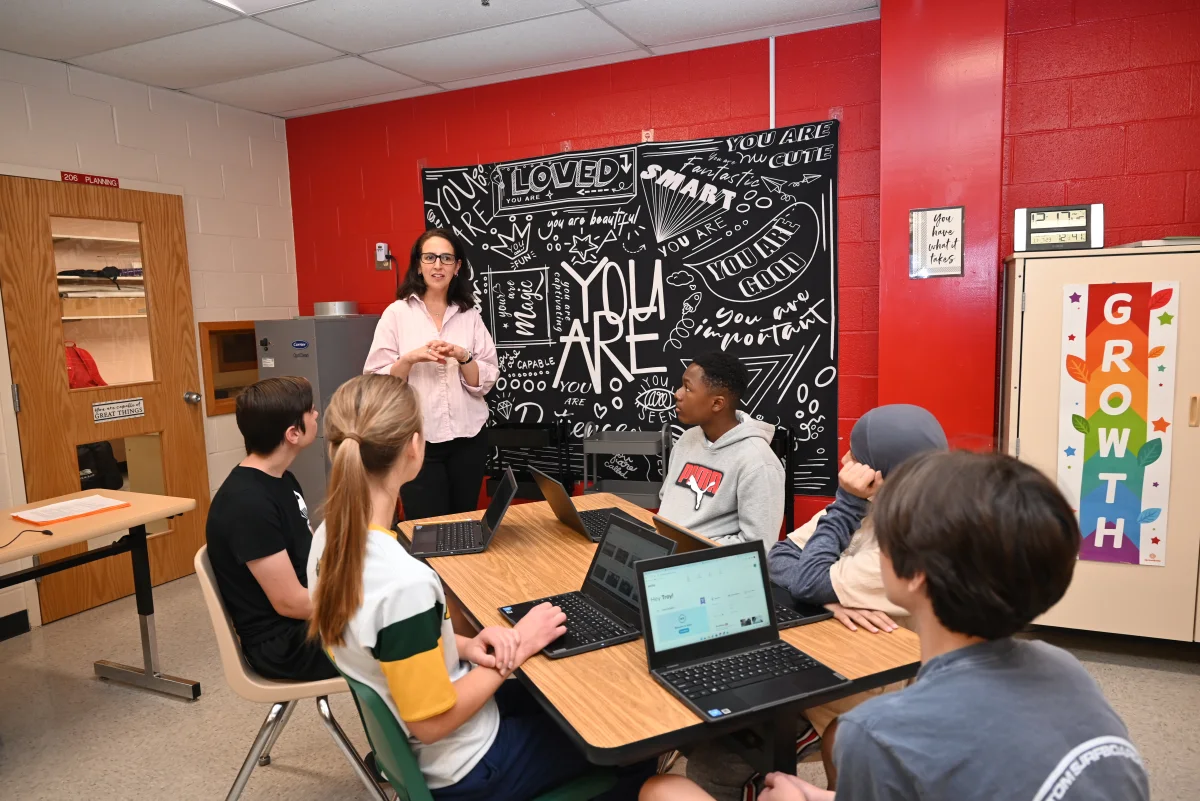Classrooms across Maryland are a bit more quiet this fall, with students under new rules to keep their phones off and out of sight.
At least a third of Maryland public schools have tightened up the rules this fall, according to a Capital News Service survey conducted this month.
Meanwhile, public schools in and around Baltimore are cracking down on phones during instruction – and, in some cases, even on the bus.
In Caroline County, on the eastern shore of Maryland, public schools have a new pilot program in two middle schools. It requires students to place their phones in locked pouches. The pouches stay with the students but remain locked until the end of the school day.
“Today’s youth battle constant distraction caused by cell phone alerts and messaging that interrupt their ability to focus,” Supt. Derek L. Simmons said in a recent notice to students and parents. He said this “creates a negative impact on school culture and learning.”
Elsewhere, administrators are getting creative about persuading students to go along with the plan.
In St. Mary’s County, Supt. Scott Smith recently released a video describing the district’s new plan to limit the distractions caused by cell phones.
In the video, he comically stops midway through his presentation of the new rules to take out his phone and text, showing students how difficult it can be to have a conversation when they are disengaged and on their phones.
“Hold on, just wait a second, I’m just going to text him real fast,” Smith said in the video, pretending to send a message.
“That’s really rude isn’t it?” he then pointed out. “We’re supposed to be having a conversation, and I’m interrupting myself and I’m getting on my phone and I’m texting.”
“I’m not really here right?” Smith said. “I’m kind of distracted.”
Since the start of the school year, in St. Mary’s County, they have confiscated around 30 cell phones per day, Smith told the school board in a recent meeting. That’s out of 10,000 students, he said at the meeting.
“We have had many conversations about the joy of being in a classroom without the distraction of cell phones,” Smith said, adding that he and his staff “continue to work with our secondary students about the joy and some of the challenges of cellular devices and how we can maximize our joy and fun in life.”

